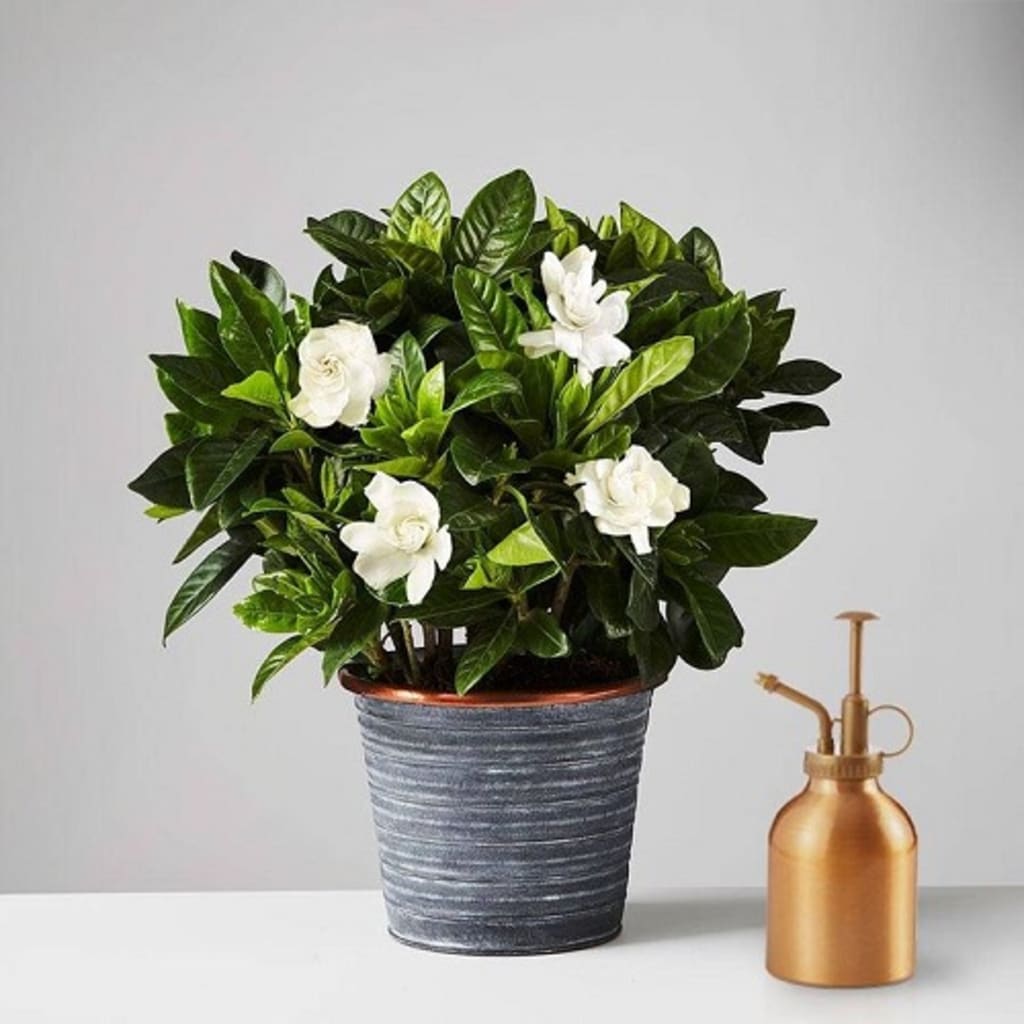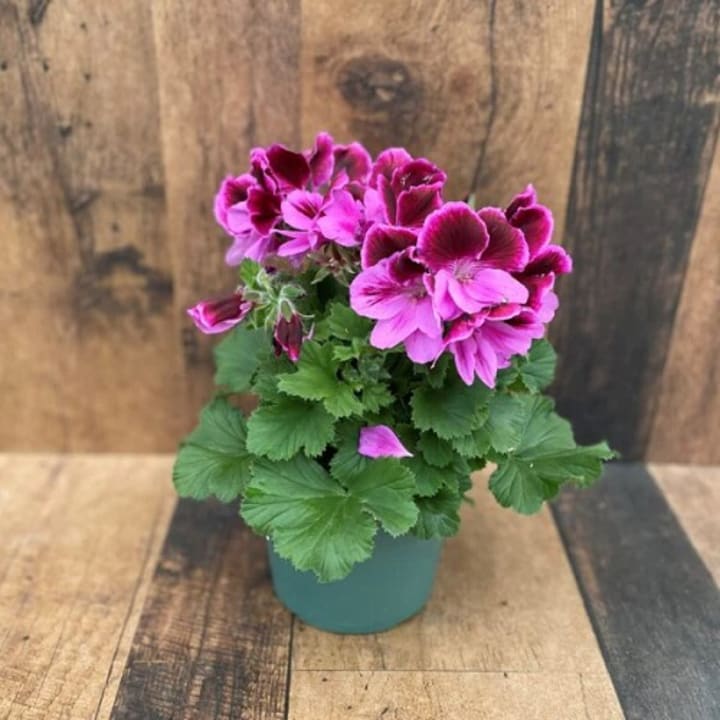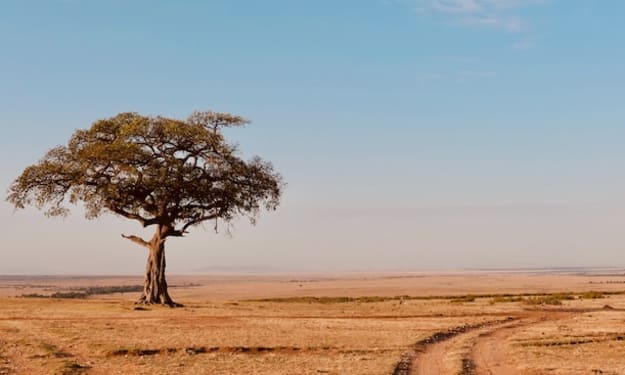Content warning
This story may contain sensitive material or discuss topics that some readers may find distressing. Reader discretion is advised. The views and opinions expressed in this story are those of the author and do not necessarily reflect the official policy or position of Vocal.
Plants That Start With G
This guide will introduce you to some eye-catching ornamental Plants That Start with the letter G.

Create a garden that's not only a sanctuary for you but also a visual masterpiece. This guide will introduce you to some eye-catching ornamental Plants That Start with the letter G. These plants will surely add aesthetic value and a pop of color to your landscape.
1. Gardenia
Gardenia, scientifically known as Gardenia jasminoides, is a popular flowering plant admired for its elegant beauty and intoxicating fragrance. Native to tropical and subtropical regions of Asia, including China and Japan, Gardenia is a beloved addition to gardens and indoor spaces worldwide.
Gardenia plants typically grow as evergreen shrubs, featuring glossy, dark green leaves and large, white or cream-colored blossoms that emit a sweet, enchanting scent. These blossoms often evoke feelings of serenity and are frequently used in floral arrangements, perfumes, and even as ornamental indoor plants.
Cultivating Gardenias can be a rewarding but somewhat challenging endeavor. They thrive in acidic soil with good drainage and require consistent moisture, though they are sensitive to overwatering. Gardenias also prefer partial shade, making them ideal for gardens with filtered sunlight or as potted plants placed indoors near windows.
The key to successfully growing Gardenias lies in providing them with the right environmental conditions and care. Regular pruning helps maintain their shape and encourages new growth, while appropriate fertilization and pH-balanced soil ensure their health and vigor.
Gardenias hold cultural significance in many regions. In some Asian cultures, they symbolize purity and are often used in weddings and religious ceremonies. In the language of flowers, Gardenias convey messages of love, grace, and secret admiration, making them a popular choice for expressing heartfelt emotions.
Gardenias are prized for their captivating beauty and fragrance, making them a cherished addition to gardens and homes. Their care requirements may pose challenges, but the reward of witnessing these delicate blossoms in full bloom and experiencing their enchanting scent makes the effort worthwhile. Whether as symbols of love or simply as ornamental plants, Gardenias hold a special place in the hearts of many.
2. Geranium
Geraniums, scientifically known as Pelargonium, are a diverse and popular group of flowering plants celebrated for their vibrant blooms, attractive foliage, and adaptability to various growing conditions. These plants, native to South Africa, have become cherished additions to gardens, balconies, and windowsills around the world.
Geraniums are renowned for their distinctive leaves, often characterized by deeply lobed or serrated edges, and their prolific clusters of five-petaled flowers in an array of colors, including shades of pink, red, purple, and white. These vibrant blooms make Geraniums a favorite choice for adding splashes of color to gardens and landscapes.
One of the standout features of Geraniums is their versatility. They can thrive in different environments, including full sun to partial shade, and they adapt well to both outdoor garden beds and container gardening. Their adaptability has led to the development of various cultivars and hybrids, each with its unique characteristics, such as scented leaves or double blooms.
Geraniums are relatively low-maintenance plants, making them suitable for gardeners of all levels of experience. They require well-draining soil to prevent root rot, regular watering (allowing the soil to dry out between watering sessions), and occasional fertilization to encourage robust growth and blooming. Deadheading, the practice of removing spent flowers, promotes continuous flowering throughout the growing season.
These plants also offer pest-repelling properties, helping deter insects like mosquitoes and aphids, which adds an additional layer of functionality to their charm.
Geraniums have cultural significance in various parts of the world. In the language of flowers, they symbolize various sentiments, including friendship, comfort, and fond memories, depending on their color and context. Furthermore, Geraniums are frequently used in essential oil production for their aromatic qualities and potential health benefits.
In summary, Geraniums are beloved for their captivating flowers, adaptable nature, and ease of care. Whether adorning garden beds, hanging baskets, or windowsills, these plants bring joy and color to any space, making them a timeless favorite among garden enthusiasts and floral enthusiasts alike.

3. Ginkgo
Ginkgo biloba, commonly known as the ginkgo tree, is a remarkable and ancient species of tree renowned for its unique combination of biological, historical, and cultural significance. Native to China, these trees have been cultivated for thousands of years and are considered living fossils as they are the last surviving members of the Ginkgoaceae family, dating back to the time of the dinosaurs.
Ginkgo trees are easily recognizable by their distinct fan-shaped leaves, which turn a brilliant golden yellow in the fall, creating a breathtaking autumn display. This seasonal transformation adds to their appeal as ornamental trees in parks and gardens worldwide.
Apart from their aesthetic value, Ginkgo trees are valued for their medicinal properties. The leaves of the ginkgo tree contain bioactive compounds, such as flavonoids and terpenoids, which are believed to have neuroprotective and antioxidant effects. Consequently, ginkgo leaf extract is used as a dietary supplement to potentially improve cognitive function, memory, and circulation. However, it's essential to consult a healthcare professional before using ginkgo supplements due to potential interactions with medications.
Culturally, ginkgo trees hold special significance in China and Japan, where they symbolize longevity, resilience, and hope. They are often planted near temples and shrines and are associated with spiritual and historical contexts.
Ginkgo trees are also known for their ability to thrive in urban environments, making them a valuable addition to city streets and parks. They are highly resistant to pollution and pests, contributing to their longevity and adaptability in metropolitan areas.
Ginkgo biloba is a unique tree species admired for its ancient lineage, stunning foliage, and potential medicinal properties. It serves as a living link to Earth's distant past while also offering aesthetic and functional benefits in contemporary landscapes. Whether appreciated for their historical significance or as a natural supplement, ginkgo trees continue to captivate and inspire people worldwide.
About the Creator
Enjoyed the story? Support the Creator.
Subscribe for free to receive all their stories in your feed. You could also pledge your support or give them a one-off tip, letting them know you appreciate their work.





Comments
There are no comments for this story
Be the first to respond and start the conversation.